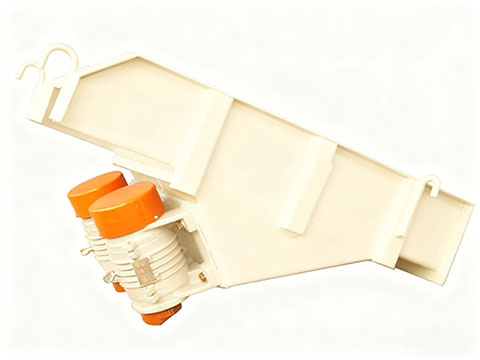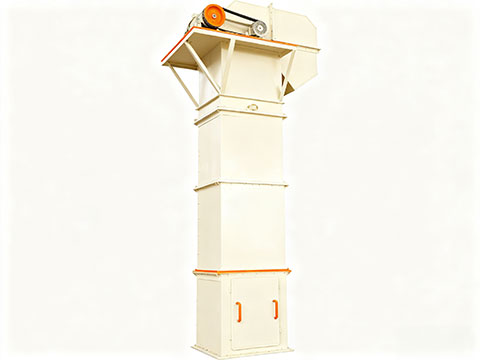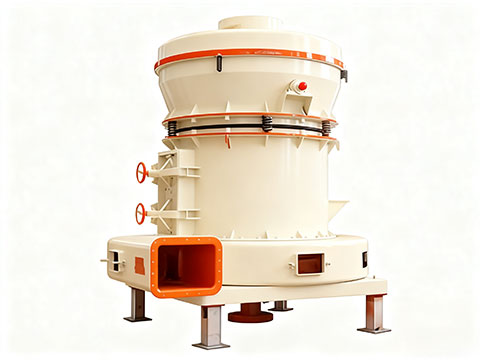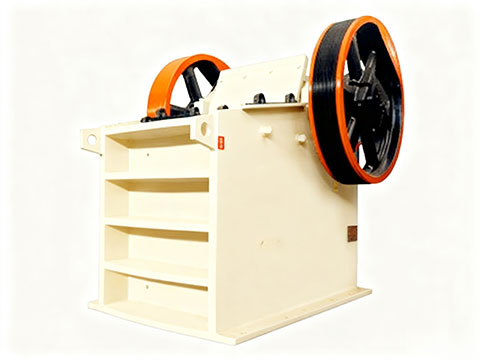Mineral grinding plant consists of equipment including jaw crushers, bucket elevators, vibrating feeders, grinding machines, auxiliary machines, blowers, dust collectors, and centralized electrical control systems.
LDHB mineral grinding plant is suitable for processing non-flammable and non-explosive mineral materials with a Mohs hardness below level 8 and moisture content under 6%, such as limestone, feldspar, calcite, talc, barite, fluorite, rare earth, marble, ceramics, bauxite, manganese ore, phosphate rock, iron oxide red, quartz sand, cement clinker, activated carbon, clay, coal gangue, gypsum, silicon carbide, and refractory materials. The finished product fineness can range from 30 mesh to 400 mesh.
Raymond Mill, Suspension Roller Mill, or Micro Powder Grinder can be selected as the main grinding machine based on material type, production capacity requirements, and end-use applications.
Material is initially crushed by a jaw crusher and then transported via a bucket elevator to a storage silo. An electromagnetic vibrating feeder evenly and continuously feeds the material into the grinding machine.
The material is continuously rolled and crushed into powder in the grinding machine. After grinding, the powder is blown by a blower into a classifier for sorting. Sorted material is conveyed via pipelines to storage silos and finally discharged through valves as finished products.
The entire airflow system of grinding system operates in a closed-loop cycle under positive and negative pressure conditions. Air carrying powder from the blower enters a cyclone collector at the top of the storage silo, then returns to the blower via a return air duct for recycling.
A powder lock at the bottom of the collector prevents external positive pressure from interfering with the negative pressure inside, significantly improving efficiency. Residual air and dust at the main unit’s base are directed to a bag filter for purification. Dust is captured by the filter while clean air is released into the environment.



